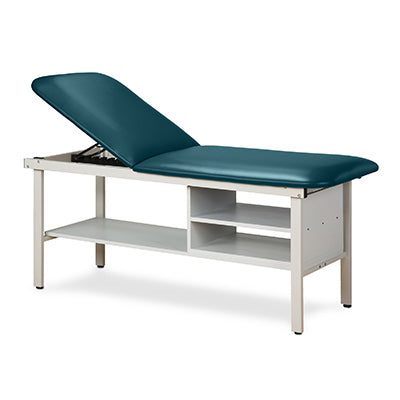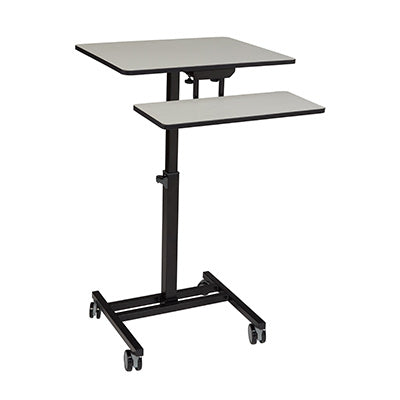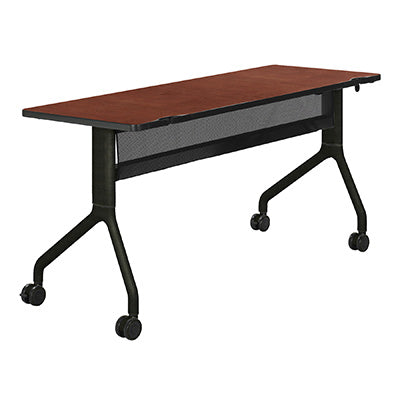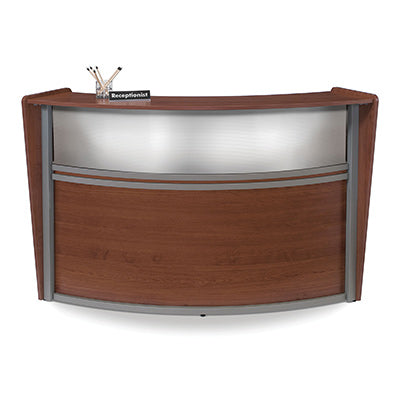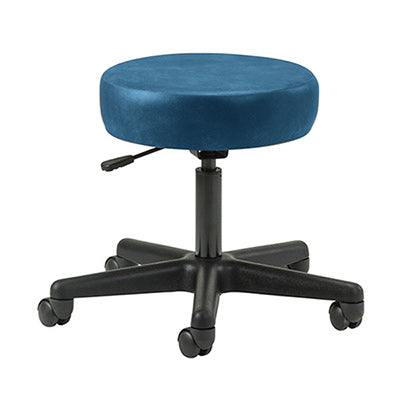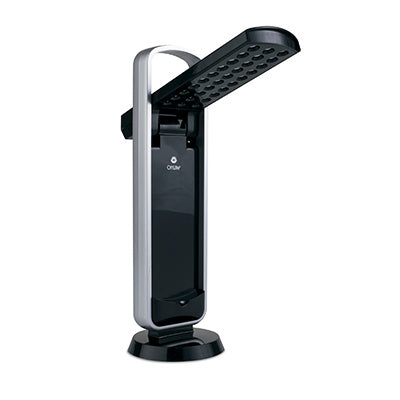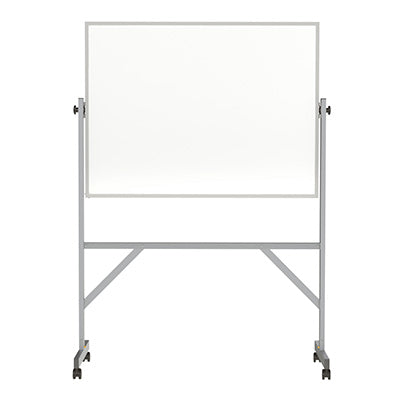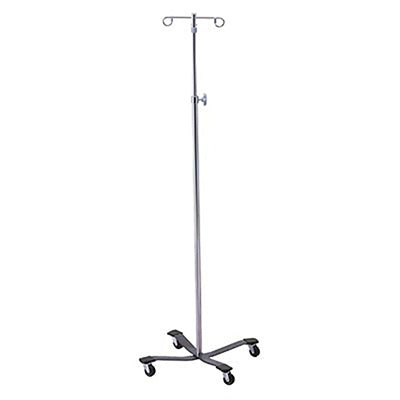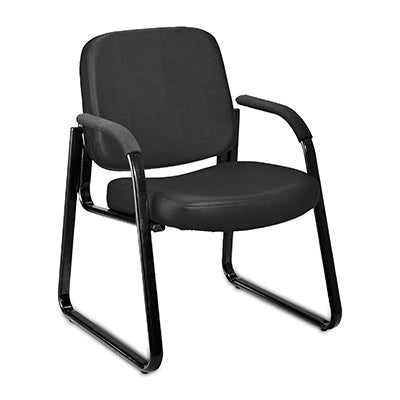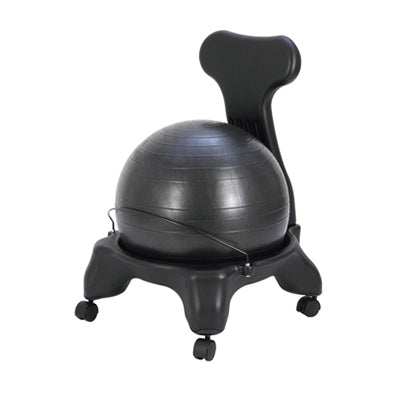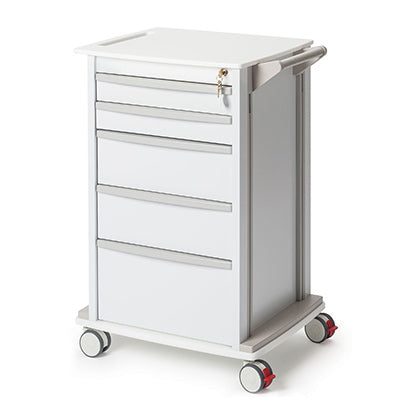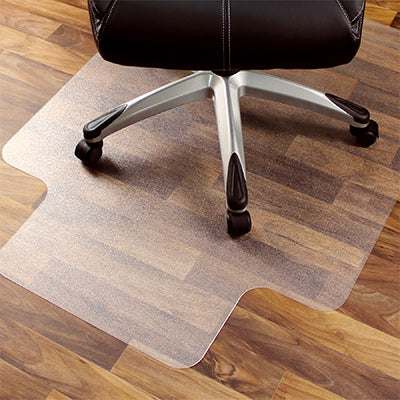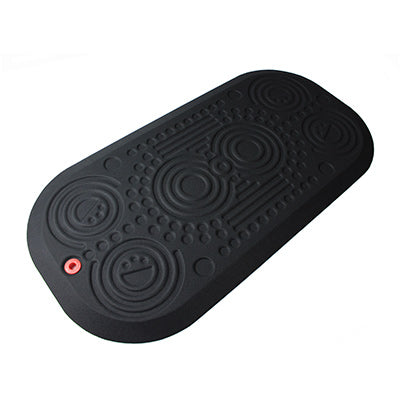Medical Practice Furniture
Transform your medical office by equipping it with essential medical practice furniture. These include pieces needed for medical examinations and treatments, as well as chairs and desks for staff members. Other important medical clinic furniture to consider include storage units for files and supplies and reception and waiting room furniture. Tables and chairs for breakrooms are also important in medical offices, while hospitals with dining areas need dining furniture for employees, patients and visitors. The four key factors to consider when selecting healthcare furniture are safety, durability, ease of maintenance and aesthetics. Choose well-built pieces of furniture for a medical office, clinic or hospital. These units must be suitable for different patients. For example, healthcare seating should include bariatric chairs with maximum weight capacities of 800 to 1,000 pounds. At least 15 percent of the chairs in the practice should be bariatric models.
Given the number of people that use them daily, it’s important that hospital furniture be durable. Pick units with materials and construction that can stand up well to heavy use. Healthcare environments also need medical clinic furniture that’s easy to clean. Units that use non-porous materials, such as laminate and vinyl, are preferable to wood and leather ones because they are easier to wipe down and disinfect.
Furnishings for the Reception Area
Every medical office needs a reception desk as it gives patients and guests their first impression of the practice. Find a unit wide enough to accommodate the front desk staff assigned to the station. A hospital’s waiting room should also have guest chairs. The different types of medical clinic furniture range from single-seat armchairs to bench seating for busy offices. Consider furniture for storage of medical supplies as well.
Equip Offices and Exam Rooms With the Right Seating
Chairs are essential healthcare furniture in patient and exam rooms and employee offices. Task chairs are best for offices as they provide comfortable, ergonomic seating for professionals spending considerable time at their desks. For exam rooms, hospitals and clinics may opt for drafting chairs and stools. Consider hospital furniture with taller seats that are easier to carry around than regular chairs. Some stools can also serve as physical therapy furniture. Physical therapists can sit on them while attending to patients lying on treatment tables.
Hospitals use a variety of stools. The most prominent ones are step stools for helping patients with limited mobility get in and out of bed. Medical office employees also use them to reach medical supplies placed on high shelves. When choosing stools, look for models with nonslip platforms and anti-skid feet. These safety features help prevent accidents.
Blood drawing chairs are essential medical clinic furniture. They have padded seats, backrests and flip armrests. Their main purpose is making drawing blood convenient for caregivers and comfortable for patients. They also help restrain individuals who may faint or fall during this procedure.
Various Tables are an Important Addition to the Medical Practice
Besides chairs, healthcare facilities need different types of tables. Consider work desks for offices and tables for exam rooms and shared workspaces such as meeting rooms. When selecting hospital furniture, consider its intended use and where it’s needed. Multipurpose tables with caster wheels offer much needed flexibility. They’re easy to move around the medical office, are useful for staff meetings, group counseling and patient presentations, and are suitable for displaying items. Some models fold down and can nest together in storage. Such space-saving medical practice furniture is ideal for small clinics and medical offices.
Some tables are also useful for medical examinations and treatments. Consider getting medical exam tables with reclining backrests. This feature makes it possible to position patients comfortably during certain procedures and while providing physical therapy.
New and established medical practices need different healthcare furniture for their caregivers, patients and visitors. While the pieces may have various functions, all of them need to be sturdy, durable, easy to clean, comfortable to use and fitting for medical offices.

